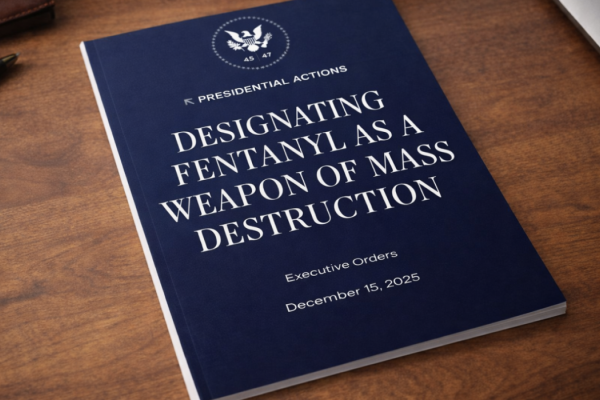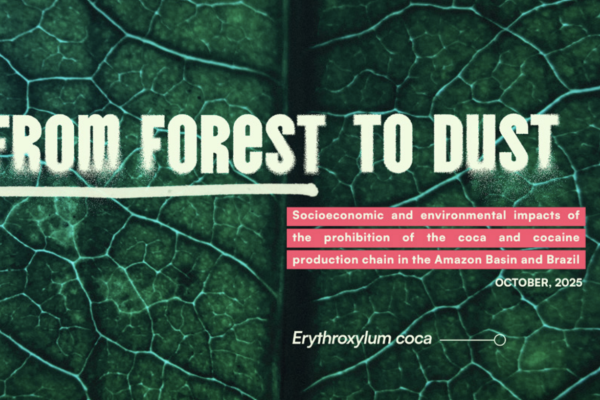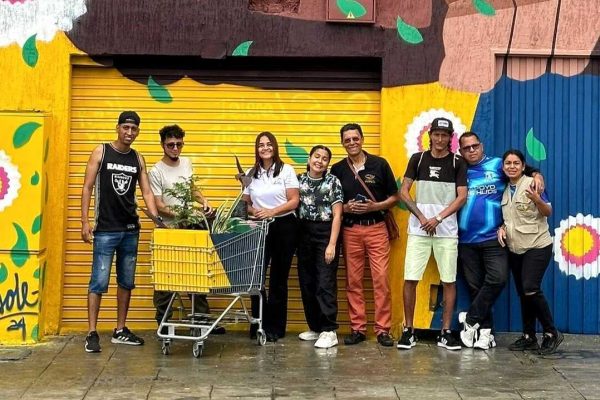11th May 2021
Guest post by Professor Fiona Measham and Gavin Turnbull
What is Drug Checking?
Drug checking has a rich history spanning over six decades. A first wave of ‘street drug analysis’ and ‘acid rescue’ emerged in the US and the Netherlands in the late 60s and early 70s; followed by a second wave of drug checking associated with ecstasy and other dance drugs in Europe from the 80s onwards; and a third wave of ‘safety testing’ introduced in the UK, Australasia, North and South America in recent years in response to the growth of New Psychoactive Substances. Despite this history, it remains contested in many countries; politically, legally and commercially sensitive where it does operate; and predominantly delivered on a shoe string by dedicated non profit NGOs.
The key features of drug checking are that it is a health service combining chemical analysis of substances of concern submitted by the public with individually tailored health consultations, with the primary aim of reducing harmful drug use, and the primary characteristic of direct engagement with people who use drugs. By providing information to service users, support services and wider drug using communities, drug checking can reduce drug-specific and drug-related harms for individuals and wider society resulting from adulteration, mis-selling, variations in strength and other consequences of an unregulated market.
The Loop, a non-profit NGO, introduced event-based drug checking in the UK in 2016 and community-based drug checking in 2018 (see here and here for published evaluations). The most recent findings from the Loop, published today, dig deeper into behavioural outcomes and ask what happens next, after people have used a drug checking service? The study compares 10 key (positive, negative and neutral) outcomes of The Loop’s service that reached nearly 3,500 festival-goers in 2017, with a follow-up survey with a sub-sample three months later, to find out how the combination of test results and personalised health consultations affected their subsequent drug taking and risk management strategies.
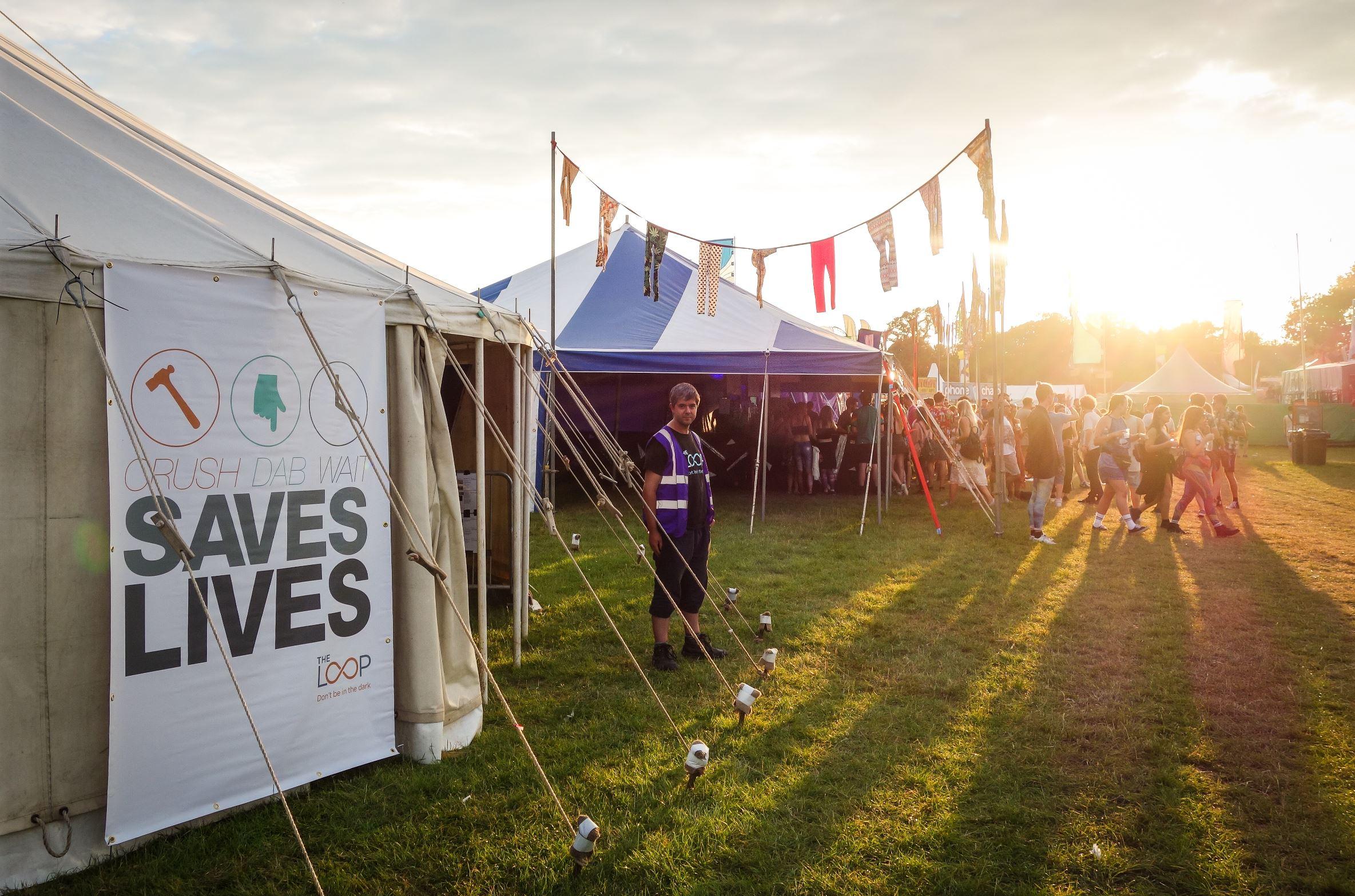
What are the features of the Loop’s drug checking service?
With over 30 dedicated drug checking NGOs around the world, there are many different models and operational characteristics. The Loop’s service utilises an on-site mobile laboratory staffed by teams of up to 30 chemists using a multiple technology model, with samples submitted, tested and results triangulated to obtain the most rapid and accurate identification of the contents and strength in order to inform health consultations.
Test results are shared with service users about an hour later, during individually tailored ‘brief interventions’ lasting about 20 minutes. These sessions are very wide ranging, facilitated by multi agency, multi disciplinary teams of up to 30 qualified health staff (including medical doctors, nurses, pharmacists, psychiatrists, social workers and substance misuse practitioners). Opportunities are provided for questions, safe disposal of further substances, and signposting and referrals to support services. Consultations are free, anonymous and non-judgemental, all vital elements to ensuring a high footfall and a high level of public trust in such a new health service, and particularly given that over 96% of service users had never spoken previously with a health professional about their alcohol or other drug use. Not only did the service appeal to people not in touch with substance misuse services, but also to those earlier in drug taking careers, with a mean age of 23½ and a median age of 21.
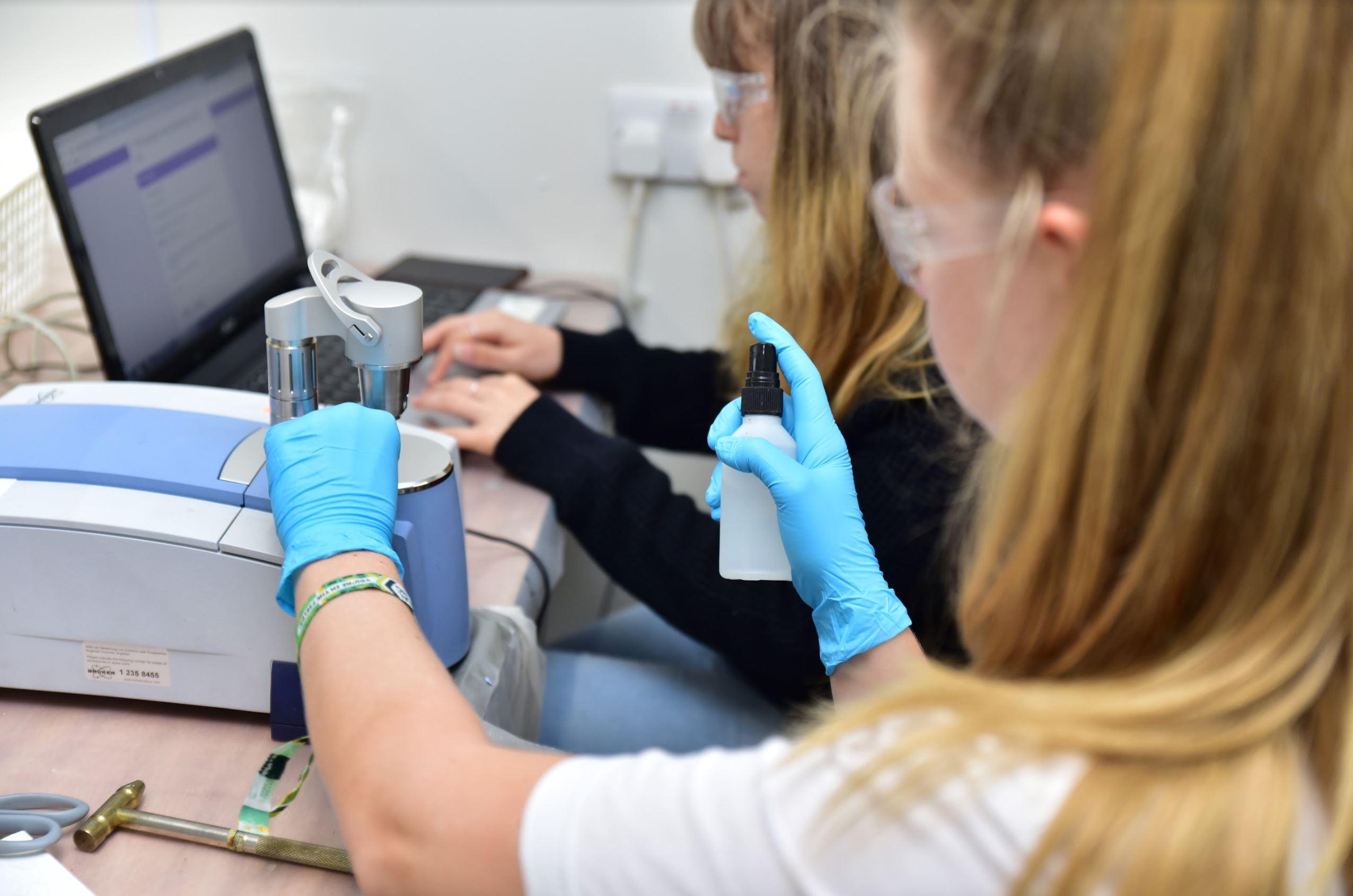
The impact of drug checking
Our study compared the intentions and actions of services users at brief intervention with a follow-up survey conducted over 3 months later to explore outcomes after the session and changes in the intervening months. We found that individual outcomes matched earlier intentions and that service users followed the harm reduction advice they received at the festival. Over ½ disposed of substances identified as other than what they had bought or expected, thereby reducing the risk of poisoning. Nearly ½ reduced their dosage and extended their consumption periods, thereby reducing the risk of overdose. This was particularly the case for those whose sample was stronger than expected substance, with nearly ¾ taking less or not taking the substance at all.
We also found that for a large minority, these risk management practices continued after the festival, so that not only were service users more careful about mixing drugs, reducing dosage, following harm reduction advice, and alerting their friends to substances of concern, they also continued to follow this advice three months later. Therefore, alongside festival drug use being a social activity, this study suggests that drug checking can also be a social activity, and that harm reduction discussions continue within friendship networks both in person and through social media long after the testing and the festival have ended.
What can we learn from people who use drugs?
The study provides a window into drug-taking decision making and challenges some of the prevalent stereotypes about people who use drugs. If given the opportunity, service users listen to harm reduction advice and act upon it. The drug users in this study were cautious, careful and considered. The value of drug checking, then, is that it can reduce the risks of poisoning and overdose, provide a first opportunity to discuss alcohol and other drug use with health professionals, and put people in touch with drugs services for future engagement, an offer taken up by over one in twenty service users. Moreover, this study challenges some of the stereotypes about young adults in particular, bearing in mind that younger festival-goers were more likely to use the Loop’s service, to have been ripped off by those selling them their drugs, and to discard the substance when they discovered what it was.
We can also see the ripple effects of drug checking in the development of feedback loops out from the service. Service users shared the information they received with friends and also with their supplier. The Loop shared test results with emergency and support services, public health surveillance networks, early warning systems and, with stakeholder permission, to wider drug using and selling communities through prompt, evidence-based, non moralistic and culturally appropriate alerts which reached over ½ million viewers on occasion. Thus drug checking has the potential to reach far beyond the festival fields and to reduce risks of poisoning and overdose beyond festival-goers, at a time of ongoing record high hospital admissions and drug-related deaths in the UK.
Addressing the drug checking critics
The study addresses a number of concerns raised about drug checking:
- 'How do we know it works?' A criticism of previous drug checking evaluations has been their focus on service user intentions which may be unfulfilled. This study found no statistically significant difference between intentions at brief intervention and behaviours reported retrospectively. Service users reported a number of both short and longer term harm reduction behaviours resulting from using the Loop’s service.
- 'You shouldn't be saying drugs are safe' - The Loop’s drug checking service explicitly tells all service users that all drug use carries risk and the safest way to take drugs is not to take them at all. The focus of its consultations are risk communications, including discussing the differential risks posed by higher dosage and adulterants. The study shows that these risk communications are effective because consumption of unknown adulterants and dosages were both reduced – with over ½ of people discarding the substance if other than expected and another 2/5 taking less if the substance was as expected – therefore potentially reducing poisoning and overdose, respectively. 1/5 were still taking smaller doses over 3 months later.
- 'Drug checking focuses on just one drug and therefore does not address the problem of polydrug use and polysubstance use (with alcohol)' - The Loop delivers polydrug health consultations, alerting service users not only to individual substances of concern but also to synergies of concern. The study found that service users listened and responded appropriately, with 4 in 10 reporting being more cautious about polydrug use at the festival and 3 in 10 still being more cautious three months later.
- 'The effects of individual drugs on individual drug users are too wide ranging for there to be any value in generalised advice' – The Loop’s individually tailored brief interventions are delivered by health professionals qualified and experienced in addressing exactly these issues. The interactions between drugs and medical histories, use of medications, gender, age, tolerance, BMI, alcohol and hydration are explored, which is why multi disciplinary teams are always onsite to be able to facilitate the very wide range of issues that service users want to discuss, in an informed, confidential and non judgemental manner.
- 'Does drug checking result in unintended consequences?' – Also notable is that the study found minimal evidence of drug checking having unintended consequences, with very few service users buying more drugs or taking larger doses after using the drug checking service.
Implications for the future
Drug checking, whether event-based or community-based, can make a significant contribution to the overall harm reduction response to an unregulated drugs market, particularly in a context of high variability in content and strength in the UK. Whilst the present drug checking service model is as much a response to the consequences of prohibition and the unregulated market as it is to people’s drug use, the study also shows the potential value of honest, accessible health-promoting information and advice to support people’s choices, irrespective of legislative and policy contexts.
The effective roll-out of drug checking is dependent on a strong evidence-base to support policy, practice and licensing decisions in this area alongside a commitment to future funding of high quality services aimed at all drug using communities. Legal clarity, financial security and systemic commitment are lacking in almost all countries where drug checking currently operates, with the onus on small NGOs to operate in grey areas of policy and legislation in order to address drug-related harm, whilst also trying to develop an evidence base to build greater political support.
One of the most optimistic recent developments is in New Zealand where their Department of Health is creating a dedicated drug checking licensing scheme. This provides an opportunity to consider minimum standards and good practice in testing and consultations; legal protections for service users as well as staff; and the embedding of drug checking into mainstream public health. Without broad support for those attempting to develop practice and evidence, the process of formalising practice into policy becomes – perhaps intentionally in some cases – complex and protracted, whilst at the same time people continue to be unnecessarily harmed through their use of drugs of frequently unknown contents and strength.
Not only do the latest results from The Loop demonstrate that chemical analysis combined with health consultations delivered by experienced professionals have the potential to reduce drug-related harm in both the short and longer term, but that people who use drugs will make careful and considered choices to maximise the pleasures and minimise the risks of drug taking, if only they are given the opportunity to do so.
For more information visit The Loop website. See also Transform's drug checking page, and Transform's book 'How to regulate stimulants: A practical guide


